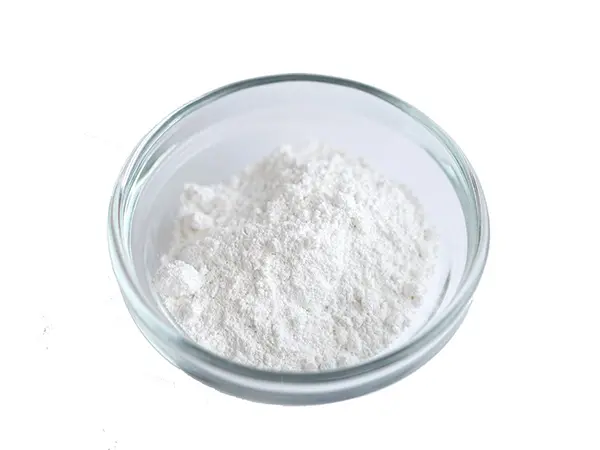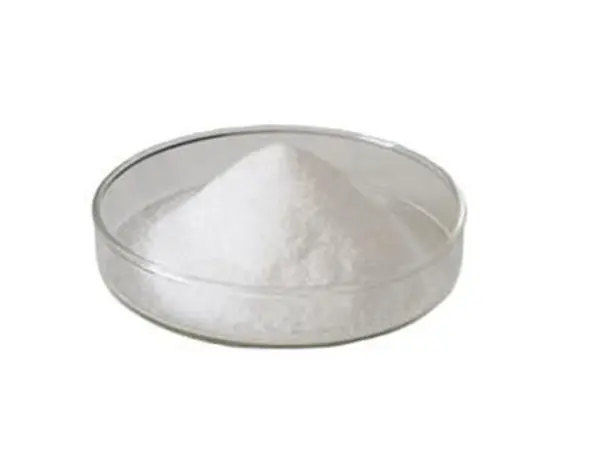Introduce:
In the field of materials science, titanium dioxide (TiO2) has emerged as a fascinating compound with a wide range of applications. This compound has excellent chemical and physical properties, making it invaluable in several industrial sectors. In order to fully understand its unique qualities, titanium dioxide’s fascinating structure must be studied in depth. In this blog post, we will explore the structure of titanium dioxide and shed light on the fundamental reasons behind its special properties.
1. Crystal structure:
Titanium dioxide has a crystal structure, determined primarily by its unique arrangement of atoms. Although TiO2 has three crystalline phases (anatase, rutile, and brookite), we will focus on the two most common forms: rutile and anatase.
A. Rutile Structure:
The rutile phase is known for its tetragonal crystal structure, in which each titanium atom is surrounded by six oxygen atoms, forming a twisted octahedron. This arrangement forms a dense atomic layer with a close-packed oxygen arrangement. This structure gives rutile exceptional stability and durability, making it suitable for a variety of applications, including paint, ceramics, and even sunscreen.
B. Anatase structure:
In the case of anatase, the titanium atoms are bonded to five oxygen atoms, forming octahedrons that share edges. Therefore, this arrangement results in a more open structure with fewer atoms per unit volume compared to rutile. Despite its low density, anatase exhibits excellent photocatalytic properties, making it an important component in solar cells, air purification systems and self-cleaning coatings.
2. Energy band gap:
The energy band gap is another important characteristic of TiO2 and contributes to its unique properties. This gap determines the material’s electrical conductivity and its sensitivity to light absorption.
A. Rutile band structure:
Rutile TiO2 has a relatively narrow band gap of approximately 3.0 eV, making it a limited electrical conductor. However, its band structure can absorb ultraviolet (UV) light, making it ideal for use in UV protectants such as sunscreen.
B. Anatase band structure:
Anatase, on the other hand, exhibits a wider band gap of approximately 3.2 eV. This characteristic gives anatase TiO2 excellent photocatalytic activity. When exposed to light, electrons in the valence band are excited and jump into the conduction band, causing various oxidation and reduction reactions to occur. These properties open the door to applications such as water purification and air pollution mitigation.
3. Defects and Modifications:
The structure of Tio2 is not without flaws. These defects and modifications significantly affect their physical and chemical properties.
A. Oxygen vacancies:
Defects in the form of oxygen vacancies within the TiO2 lattice introduce a concentration of unpaired electrons, leading to increased catalytic activity and the formation of color centers.
B. Surface modification:
Controlled surface modifications, such as doping with other transition metal ions or functionalization with organic compounds, can further enhance certain properties of TiO2. For example, doping with metals such as platinum can improve its catalytic performance, while organic functional groups can enhance the material’s stability and photoactivity.
In conclusion:
Understanding the extraordinary structure of Tio2 is critical to understanding its remarkable properties and wide range of uses. Each crystalline form of TiO2 has unique properties, from the tetragonal rutile structure to the open, photocatalytically active anatase phase. By exploring energy band gaps and defects within materials, scientists can further optimize their properties for applications ranging from purification techniques to energy harvesting. As we continue to unravel the mysteries of titanium dioxide, its potential in the industrial revolution remains promising.
Post time: Oct-30-2023



